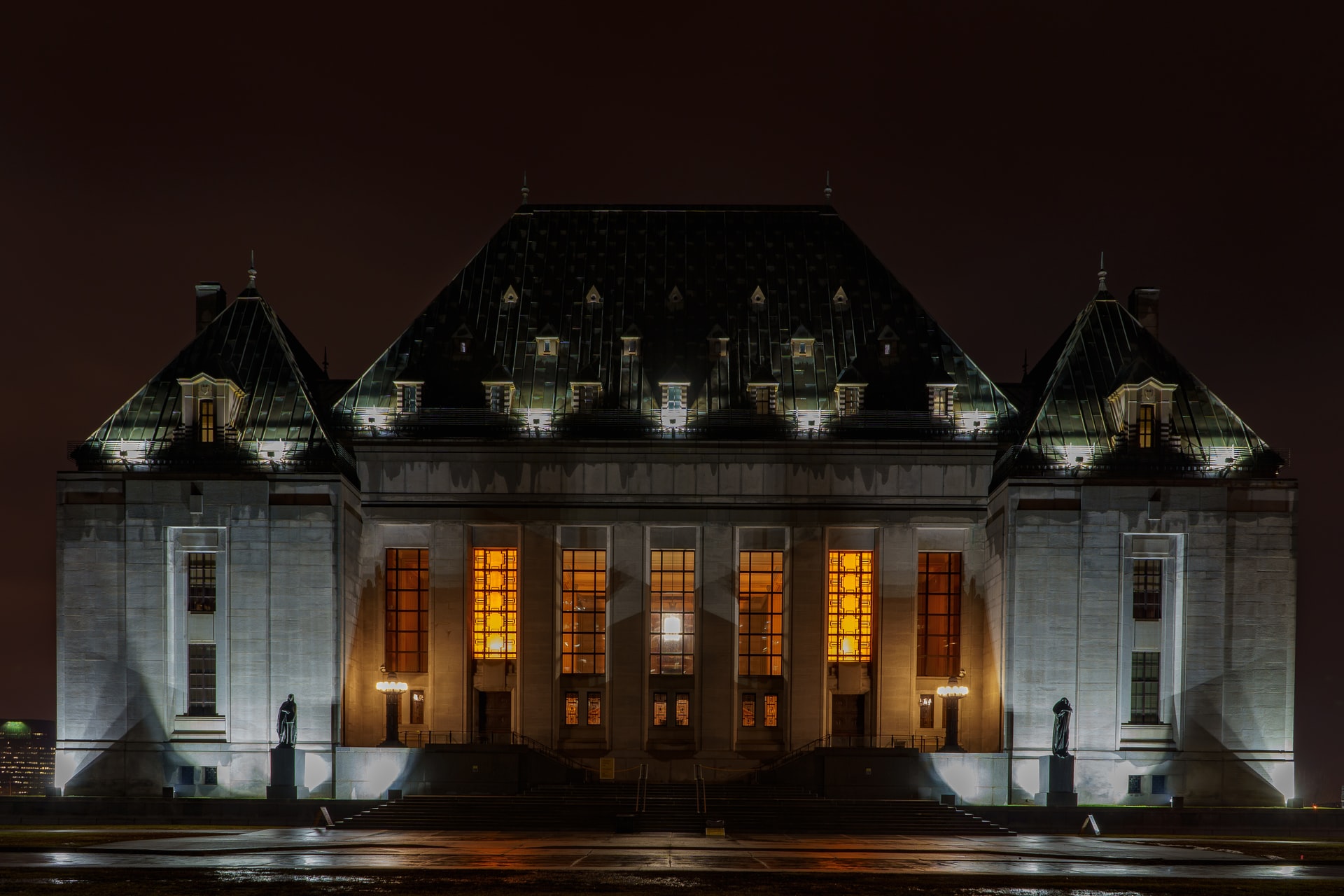The Supreme Court of Canada is the highest court in the country and is responsible for interpreting the Canadian Constitution and making decisions on a wide range of legal issues. The court has a long and complex history that stretches back to the founding of Canada as a country.
In the years following Confederation in 1867, Canada’s legal system was based on British common law, with the Judicial Committee of the Privy Council in London serving as the highest court of appeal. This system remained in place until the mid-20th century, when Canada began to assert its own legal independence.
In 1949, the Supreme Court of Canada was established as a separate and independent court, with the power to hear appeals from lower courts and to interpret the Constitution. The court was initially composed of six justices, but this number was later expanded to nine in 1975.
Over the years, the Supreme Court of Canada has played a key role in shaping Canadian law and society, with landmark decisions on issues such as abortion, same-sex marriage, and Indigenous rights. The court has also been at the forefront of efforts to promote diversity and inclusion in the legal profession, with the appointment of the first woman justice, Bertha Wilson, in 1982, and the first Indigenous justice, Georges E. Vanier, in 1989.
Today, the Supreme Court of Canada is widely recognized as one of the most influential and respected courts in the world, with a reputation for independence, impartiality, and excellence. The court’s decisions continue to shape the legal landscape of Canada and to have a profound impact on the lives of Canadians from all walks of life.






